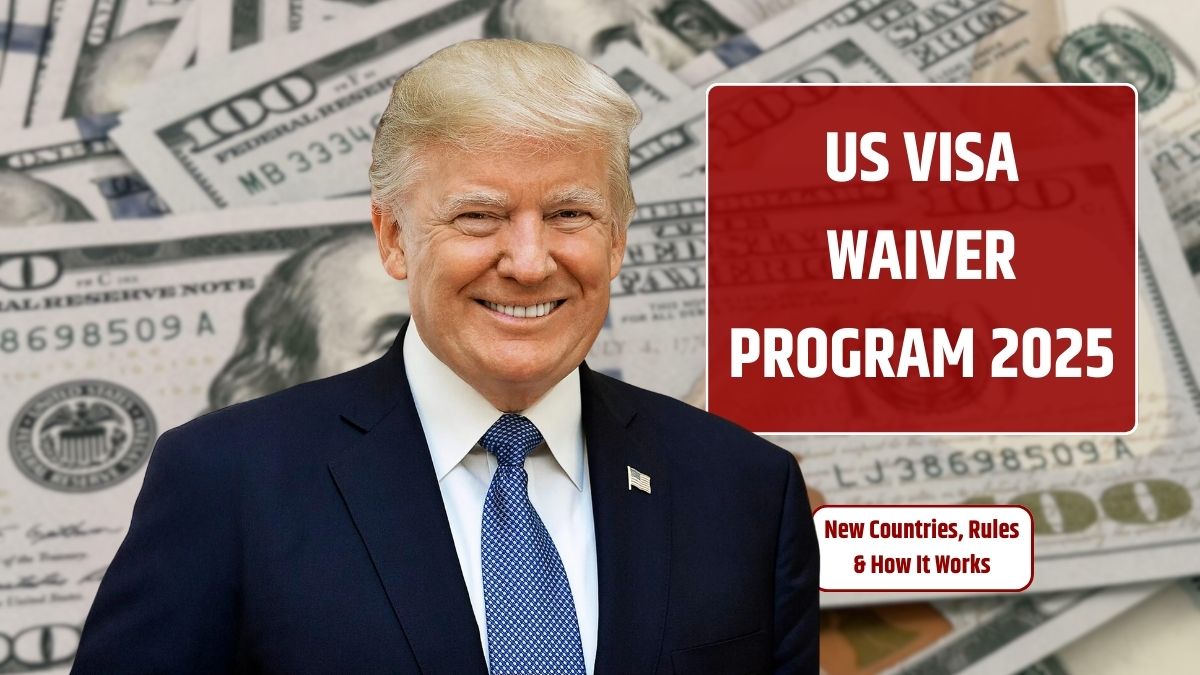Standing under Times Square’s neon lights or road-tripping through California’s coast sounds magical — until you realize you need to navigate U.S. visa requirements. The process is usually anything but magical. But if you’re lucky enough to live in one of the Visa Waiver Program (VWP) countries, there’s a shortcut: no consulate visits, no long waits, no piles of paperwork. Just an online form and a green light (hopefully). Let’s break it all down for you.
Table of Contents
Overview
The U.S. Visa Waiver Program is essentially the fast lane for short-term travelers. It allows passport holders from 43 eligible countries (as of 2025) to visit the U.S. for up to 90 days without needing a traditional visa. It’s ideal for tourists, business travelers, and folks just passing through.
That said, the VWP isn’t a free pass for everything. You can’t work, study long-term, or extend your stay once you’re in. Overstay? That friendly trip could turn into a future ban.
Process
Applying is super straightforward, and there’s no need to schedule an embassy appointment. All you need is ESTA — the Electronic System for Travel Authorization.
Here’s what you need to apply:
- A valid e-passport from a VWP country
- Your travel details (flight and lodging)
- A card to pay the $21 fee
The application is submitted online, and most people get a response in minutes. But don’t leave it to chance — apply at least 72 hours before departure.
Countries
So, who actually qualifies? Most of the countries are in Europe, but several in Asia and Oceania are also on the list. The two newest members are Qatar (joined in 2024) and Romania (added in 2025). Here’s a general breakdown:
| Region | Notable VWP Countries |
|---|---|
| Europe | UK, Germany, France, Spain, Italy, Romania |
| Asia | Japan, South Korea, Singapore, Taiwan, Qatar |
| Oceania | Australia, New Zealand |
| Others | Chile |
Want the full list? Head to the U.S. State Department’s site for the official breakdown.
Comparison
How does VWP stack up against the traditional B-1/B-2 visa? Check this out:
| Feature | Visa Waiver Program (VWP) | B-1/B-2 Visitor Visa |
|---|---|---|
| Application Method | Online (ESTA) | Embassy/Consulate |
| Processing Time | Minutes to a few days | Several weeks/months |
| Cost | $21 | $185+ |
| Maximum Stay | 90 days | Up to 6 months |
| Work/Study Allowed | No | No (needs separate visa) |
| Travel Purpose | Tourism, business, transit | Tourism, business, medical |
For most casual travelers, the VWP is a no-brainer.
Limits
One big catch: ESTA doesn’t guarantee entry. The final decision is made by the Customs and Border Protection (CBP) officer when you land in the U.S. So even if your ESTA is approved, pack your patience (and honesty).
Your passport must also be valid for at least six months beyond your intended return date. And once you’re in, don’t even think about extending your trip. The 90-day clock is strict — no exceptions.
Benefits
So why does the U.S. offer this shortcut? For one, it keeps tourism flowing and boosts the economy. Plus, it reduces visa processing pressure on embassies. It’s a win-win: visitors avoid the visa maze, and the U.S. gets smooth border control and good relations with partner countries.
In 2024, millions traveled using ESTA without a hitch. As long as you follow the rules, the VWP is a stress-free ticket to everything from the Grand Canyon to Wall Street.
The bottom line? If your country’s on the VWP list and you’re planning a short visit, there’s really no reason to go the old-school visa route. Just check your passport, get your ESTA, and start packing.

